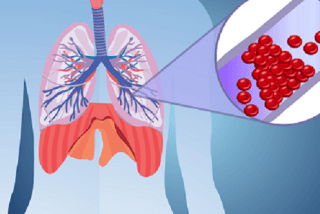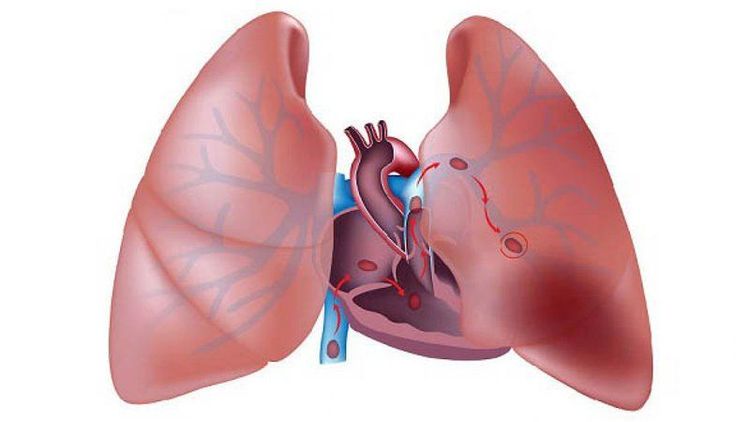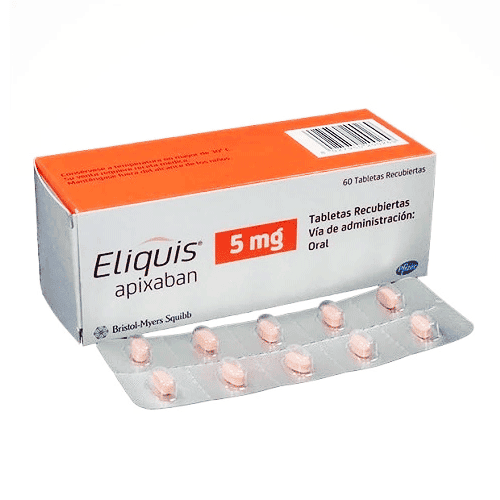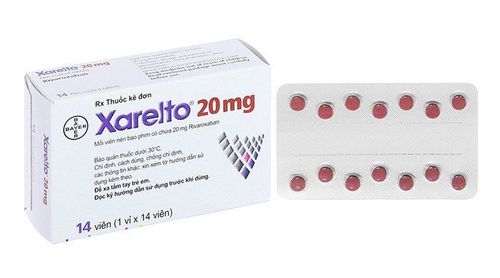This is an automatically translated article.
The article is professionally consulted by Dr., Doctor Nguyen Luong Tan - Head of Cardiology Department - Cardiovascular Center - Vinmec Central Park International General Hospital. The doctor is an expert in the field of thoracic and cardiovascular surgery in adults and children.Acute pulmonary embolism is an extremely dangerous disease that can be life-threatening if not detected and treated promptly. The main cause of the disease is the thrombus originating from the venous thrombosis of the lower extremities moving up to the heart and then into the pulmonary artery system.
1. What is acute pulmonary embolism?
In a normal person, blood flows from the right heart to the lungs through the pulmonary artery, where the exchange of oxygen and carbon dioxide takes place. Then, oxygen-rich blood will move from the lungs back to the left heart through the pulmonary veins, the heart contracts to expel blood from the left heart to other organs for use.Pulmonary embolism (PE) is a disease that occurs when at least one pulmonary artery or branch of the pulmonary artery is blocked by thrombosis originating in the peripheral vein.
As a result, gas exchange is affected, so depending on the size and number of thrombus, acute pulmonary embolism will have different signs and complications, even life-threatening
Thrombosis Deep veins (DVT) produce blood clots located in the long veins of the extremities commonly found in the legs. Under normal conditions, the formation and lysis of small thrombus occurs continuously in the veins. Acute pulmonary embolism is usually caused by thrombus arising in the deep veins of the lower extremities, but there are also some rarer sources of thrombosis such as the iliac veins, renal veins, and veins of the extremities. or thrombus in the right heart chamber.
After following the circulation and reaching the pulmonary artery, large thrombus can become trapped in the pulmonary artery or its branches and cause hemodynamic changes. Therefore, pulmonary embolism is not a primary disease of the pulmonary artery itself.
Besides, because the pulmonary artery is blocked, the pressure of the right heart will increase, leading to acute right heart failure. The right heart failure should increase in size, pressurize and affect the function of the left heart. Therefore, in some patients, the drop in blood pressure may be due to the fact that the left heart cannot pump enough blood according to the body's needs. All of these processes can lead to sudden death or when a pulmonary embolism has occurred without prompt treatment.
Acute pulmonary embolism is a fairly common disease, but it is difficult to accurately diagnose and easily misdiagnosed other diseases. The ability to detect and treat also depends on many factors such as the knowledge of doctors, equipment, medical supplies, and medications of each medical facility. Pulmonary embolism, if not diagnosed and treated, has a mortality rate of up to 30%.

Thuyên tắc phổi nếu không kịp thời điều trị có thể đe dọa đến tính mạng
2. Risk factors and symptoms of acute pulmonary embolism
Some factors that can lead to acute pulmonary embolism include:Advanced age (over 70 years old); Lying motionless, do not move for a long time or take a long-distance car or plane without exercise for 4-6 hours; Inherited blood clotting disorders; After major surgeries; History of cardiovascular disease, pregnancy or postpartum period, types of cancer...; Especially high-risk subjects include those who have ever had acute pulmonary embolism or thrombophlebitis of the lower extremities; Smoke; Overweight and obesity; Use of drugs containing the hormone estrogen ; Non-adherence to treatment when there are diseases requiring the use of anticoagulants. Symptoms of acute pulmonary embolism include:
The most classic sign is pleuritic chest pain, sudden onset, pain increasing when coughing or sneezing, after eating, when taking a deep breath or changing position, resting. still no relief; Shortness of breath; Hemoptisi ; Changing perception; Severe hemodynamic changes such as hypotension, shock, coma; Sometimes the patient has no typical signs and is diagnosed only by performing laboratory tests.

Người béo phì tăng nguy cơ mắc thuyên tắc động mạch phổi
MSCT or computed tomography is the gold standard for diagnosing pulmonary embolism. However, the method can only be performed in medical facilities equipped with CT scan machines and the cost is relatively high; Vascular ultrasonography of the lower extremities was performed to look for blood clots in the deep veins of the lower extremities; Echocardiography is valuable in assessing the severity of acute pulmonary embolism with the ejection function of the heart; Additional tests such as D Dimmer test, blood count, hemostasis, liver and kidney function... are performed to detect organ damage that occurs after acute pulmonary embolism.
3. Some criteria for diagnosis of acute pulmonary embolism
Wells score: This is one of the scales used to diagnose acute pulmonary embolism clinically when the patient has signs and symptoms suggestive of acute pulmonary embolism.3.1. Criteria of the Well . scale
History of deep vein thrombosis of lower extremities or history of pulmonary embolism: 1.5 points; Heart rate over 100 beats/min: 1.5 points; Surgery or immobilization within 4 weeks: 1.5 points; Advanced cancer: 1 point; Coughing up blood: 1 point; Symptoms of deep vein thrombosis of the lower extremities: 3 points; Few risk factors for other diseases: 3 points; Patients have a low risk of acute pulmonary embolism when they have a score of 0-4 and have a low risk of a score of 5 or higher.3.2. PESI scale
This is a scale that helps predict the severity of acute pulmonary embolism. There are classification criteria as follows:Age: Score is calculated according to the number of years of age; Male gender: 10 points; Cancer pathology: 30 points; Chronic heart failure: 10 points; Chronic lung diseases: 10 points; Heart rate over 110 beats/min: 20 points; Systolic blood pressure less than 100 mmHg: 30 points; Breathing rate over 30 breaths/minute: 20 points; Body temperature below 36 degrees Celsius: 20 points; Consciousness disorder: 60 points; Blood oxygen saturation level below 90%: 20 points; Assess the patient's risk of death:
The risk of death is low when the patient has a score of 85 or less; The risk of death is high when the patient has a score of 86 or more.

Thang điểm PESI giúp đánh giá tình trạng thuyên tắc phổi cấp
4. Prevention of acute pulmonary embolism
To prevent acute pulmonary embolism, patients need to:Patients need to be equipped with basic knowledge and be conscious of this pathology; For high-risk patients with symptoms suggestive of acute pulmonary embolism, they need to go to the hospital immediately for timely treatment; Maintain a healthy lifestyle, do not use stimulants, do not smoke. Diet needs to add green vegetables, fruits, drink a lot of water, limit grease and fat; Exercise regularly, do not sit or stand for too long; Patients with risk factors requiring prophylactic anticoagulation; Detect and treat stably cardiovascular diseases, occlusive inflammation or valve insufficiency of the lower extremities. Acute pulmonary embolism is a dangerous disease and can leave many complications, even life-threatening. Therefore, it is very important to provide diagnostic criteria for pulmonary embolism, so that there can be timely treatment of acute pulmonary embolism.
Currently, at Vinmec International General Hospital, fibrinolysis is being applied for emergency treatment of patients with pulmonary embolism. With state-of-the-art imaging equipment, CT perfusion results within 7 minutes and are performed routinely. The technique is performed by a team of qualified, experienced doctors and modern equipment and professional services. In severe life-threatening cases, surgical technique with extracorporeal circulation using an artificial heart-lung machine to remove thrombus in the pulmonary artery lumen can save the patient's life. Proper treatment and prevention of deep vein thrombosis helps to reduce the risk of pulmonary embolism and avoid recurrence of this pathology.
Therefore, when there are risk factors and signs of acute pulmonary embolism, customers can go to Vinmec International General Hospital for intensive examination and treatment of pulmonary embolism.
Please dial HOTLINE for more information or register for an appointment HERE. Download MyVinmec app to make appointments faster and to manage your bookings easily.













